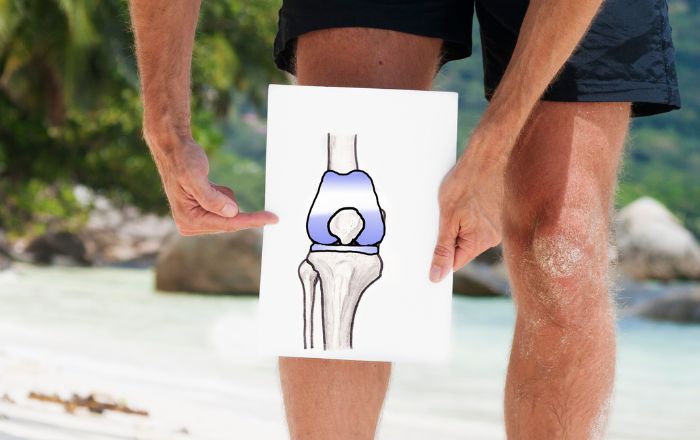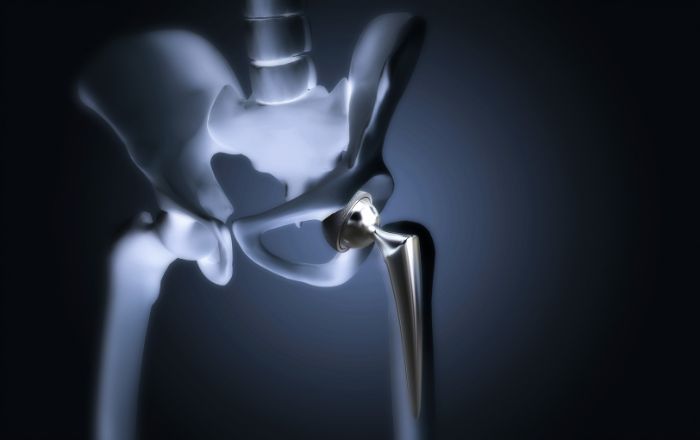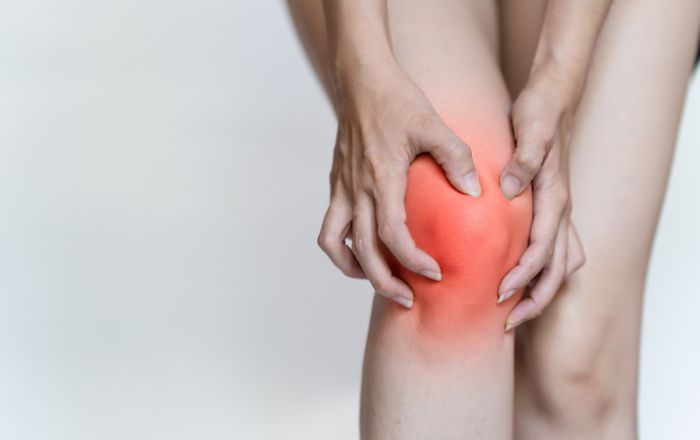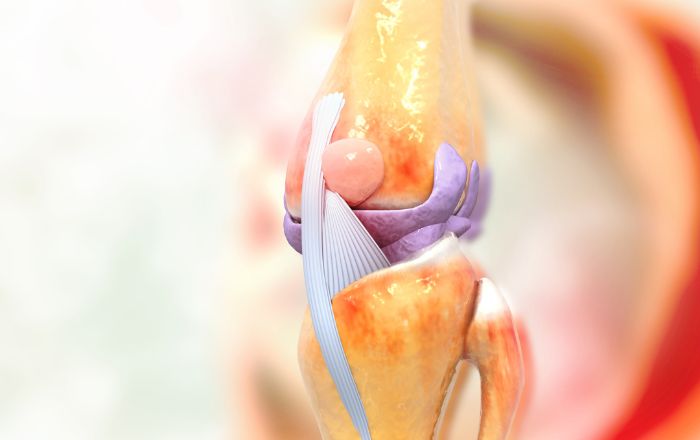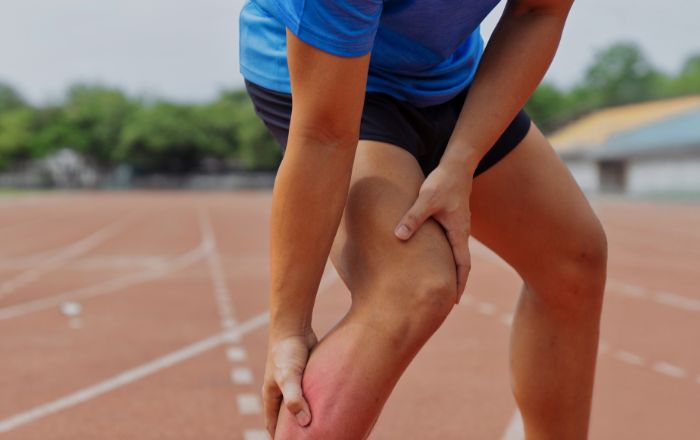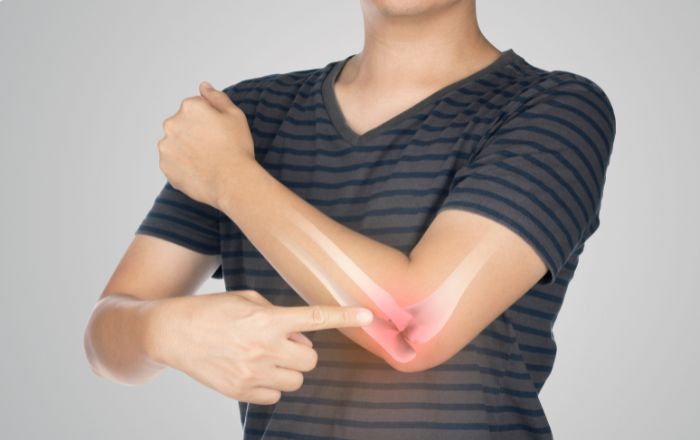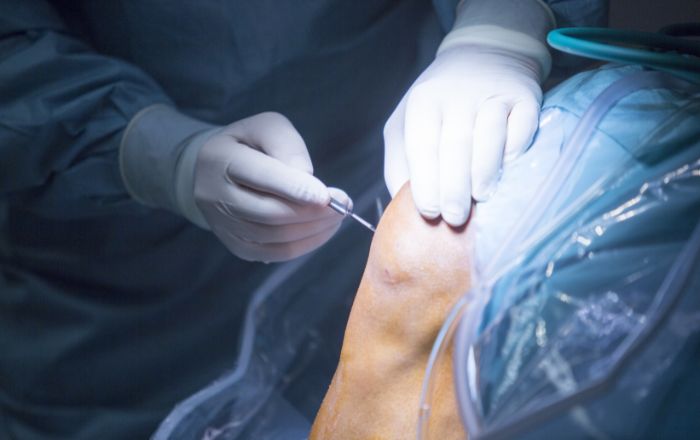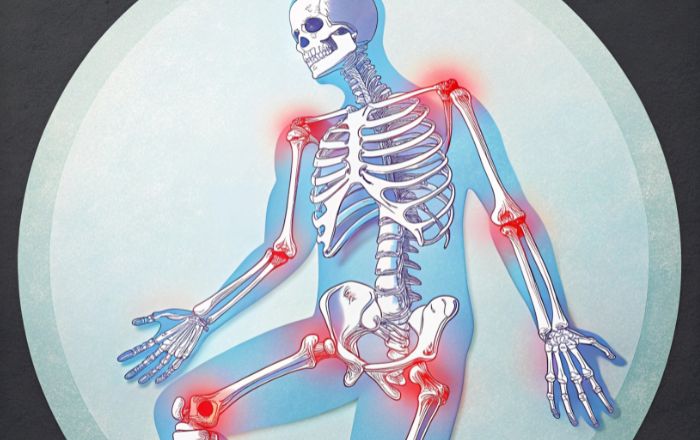Meet Dr Pankaj Dwivedi: Best Orthopedic Doctor In Raipur
Dr. Pankaj Dwivedi is a senior joint replacement & orthopedic doctor in Raipur having more than 15 years of experience in this field and practicing in both India and Abroad.
He has completed his MBBS from KMC Mangalore at Manipal Academy and post-graduation from Apollo main hospital Chennai as an orthopedic. He also completed his fellowship in joint replacement at Singapore General Hospital. He has worked with different multispeciality hospitals like BLK Super Speciality Hospital, Delhi, MOHPL Ahmedabad, and Apollo BSR Hospital, Bhilai as HOD of Orthopedics and Joint Replacement.
With Over A Decade Of Experience Performing A Variety Of Surgeries, He Is A Specialist In Knee Replacement, Hip Replacement, Shoulder Replacement, And Other Bone-Related Cases and currently serving as MD of Horizon Hospital, Jal Vihar Colony, Raipur.

